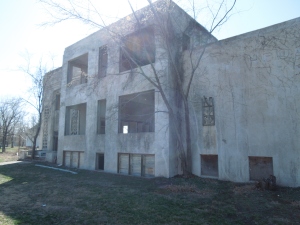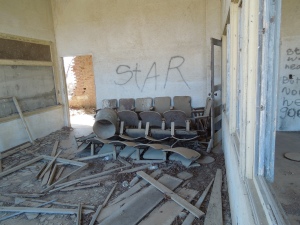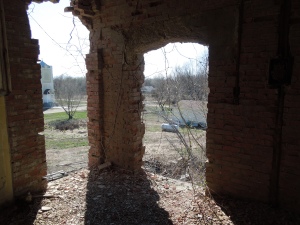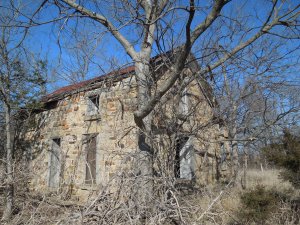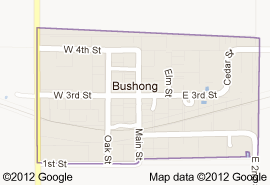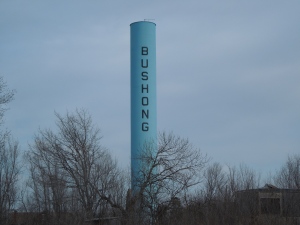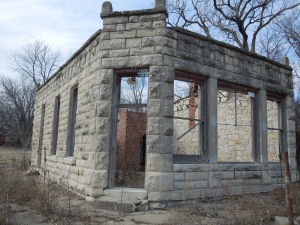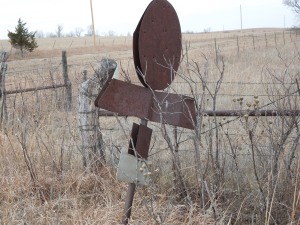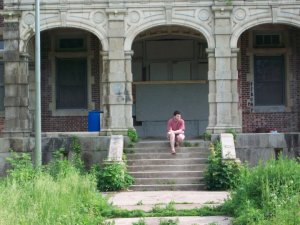This December I realized that I had no plans for Christmas and that much of where I live at would be shut down for the holidays leaving me with a boring handful of days confined to home, unless I went someplace that didn’t celebrate Christmas… someplace like an Orthodox Christian country. With that in mind it occurred to me, why not give myself the gift of a lifetime to achieve a childhood dream and visit Pripyat and Chernobyl in Ukraine!
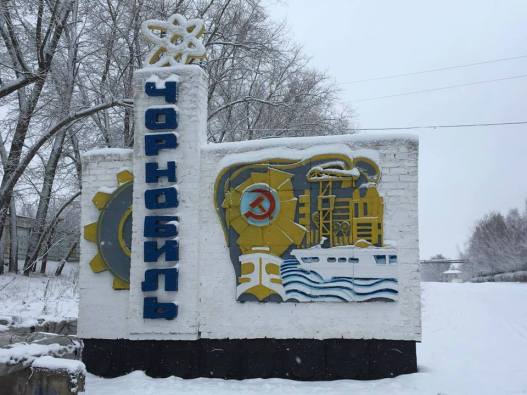
The City of Chernobyl, Ukraine
A Brief History
The disaster that was Chernobyl dates back to the days of the late Soviet Union and is still a piece of very recent history having happened in April of 1986. The region surrounding the Chernobyl power plant, now known as the Exclusion Zone, had been repurposed in Soviet style sowing fields where there were previously forests (for community farms), and forests where there had previously been fields (for their secret Over the Horizon radar system). A number of closed nuclear cities were also been established in the region to support the Chernobyl nuclear reactor, among them Pripyat and Chernobyl. The Chernobyl Nuclear Reactor, previously known as the Lenin Nuclear Power Station, was established to provide power to the Soviet Union and as another methodology of moving people around the Soviet Union.
At the time of the accident there were 4 functioning reactors with 2 additional reactors under construction. A stress test being run on reactor 4 ultimately led to the series of events that forced the evacuation of the area. Some of the myths that propagate the internet mention people immediately leaving as things were, but it actually took several days before the Soviet Government started evacuating the populace and would take much longer for the Soviets to admit that the accident had occurred. However, much was left as was since the Soviet government informed the populace that they would only be leaving for a handful of days.
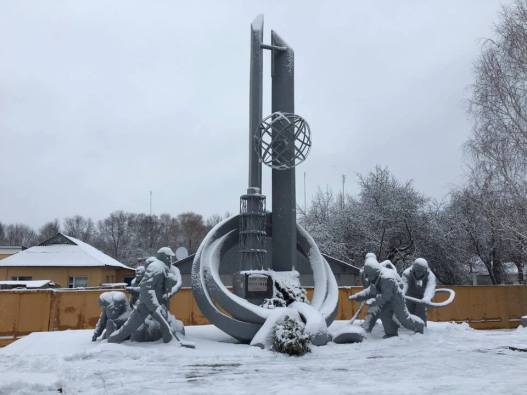
Monument to the first Liquidators on the scene, who gave their lives combating the results of the meltdown immediately after it occurred.
The Soviet Union didn’t stop at misinforming the populace and covering up the disaster internationally. Even the Soviet soldiers assisting in cleaning up reactor fallout were poorly briefed on the matter resulting in a large amount of mishandling of radioactive waste and suboptimal safety procedures for personnel. Governments that attempted to assist the Soviets were never given the full scope of the issue when it came to providing information for developing robots to combat the nuclear fallout leading to technology being developed and not operating at the correct parameters for the cleanup.
Today with the dissolution of the Soviet Union Chernobyl and Pripyat are a part of northern Ukraine and the exclusion zone has been largely cleaned up. Reactor 4 even has a new protective cover to prevent any more radiation spilling into the environment.
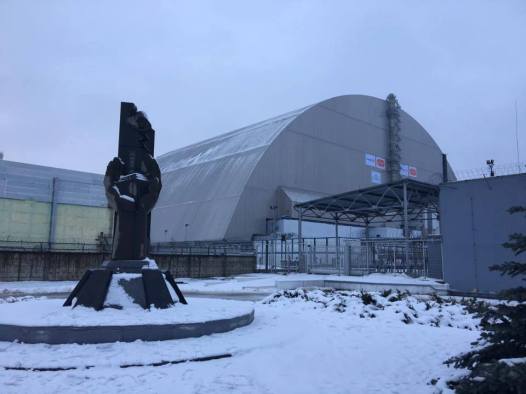
Reactor 4 and the New Safe Confinement Shelter Completed
Getting There
If you are a tourist looking to visit the Exclusion Zone, Chernobyl, Pripyat, and some other interesting sites in the region the Ukrainian government requires you have a certified guide. There are several reasons for this requirement, among them safety and ensuring you are going to follow the rules as to where you are allowed to go. Experienced guides are going to make sure you don’t irradiate yourself and that you will be allowed outside of the Exclusion Zone following your trip. They also are responsible for ensuring that you don’t go wandering into any buildings where you may injure yourself. I personally booked through a group known as Chornobyl Tours which is at the bottom of my post and have no regrets on the matter. There are several options for private/group tours spanning anywhere between one day and one week; if you are truly into urban exploration I feel that you could easily spend the week there as the photos I took of Pripyat do not properly convey the scope of an entirely abandoned city.
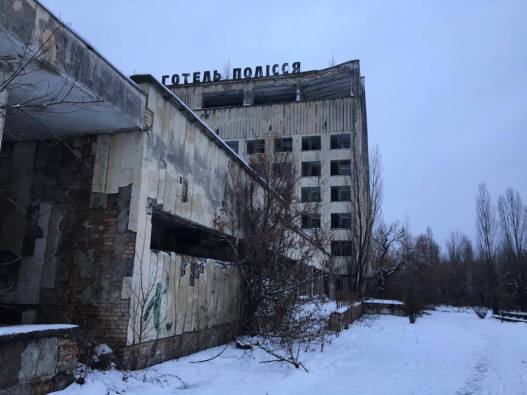
The city of Pripyat
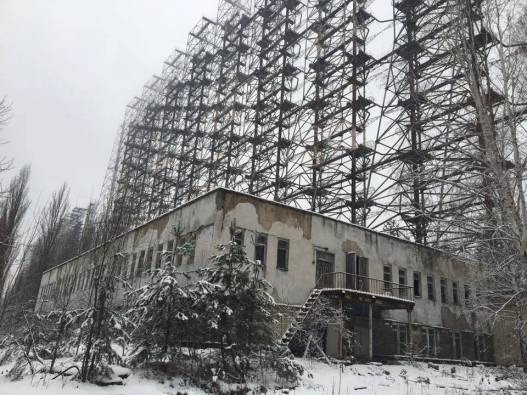
The Duga OTH Radar site in the secret city of Chernobyl-2
Final Thoughts:
Ultimately I found this trip to be a dream come true and was everything I had ever hoped it to be. I was even greeted with fresh snow which only added to the experience. My travel itinerary for one day there involved stopping in one of the Soviet Community Farm villages, the cities of Chernobyl and Chernobyl-2, the different reactors, and finally Pripyat itself. Paying for my guide on Christmas Day cost me 90 Euros and included lunch and transportation which was solid. By all means I will be visiting again as I feel you could spend weeks exploring Pripyat. If you find yourself in Eastern Europe definitely make the time to stop by.
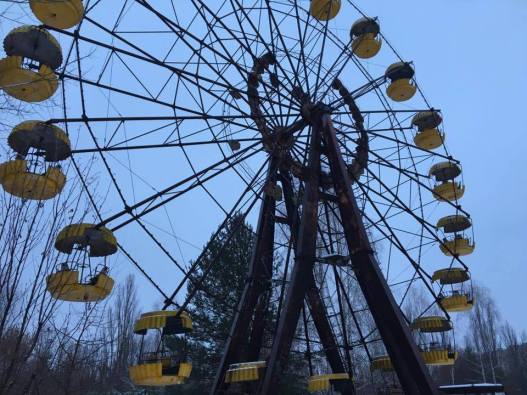
Obligatory Pripyat Ferris Wheel photo
A Few Albums I put together for the trip:
Chornobyl Tour; the company I used for my excursion
The Chernobyl Subreddit, decent activity from a number of enthusiasts who have been there

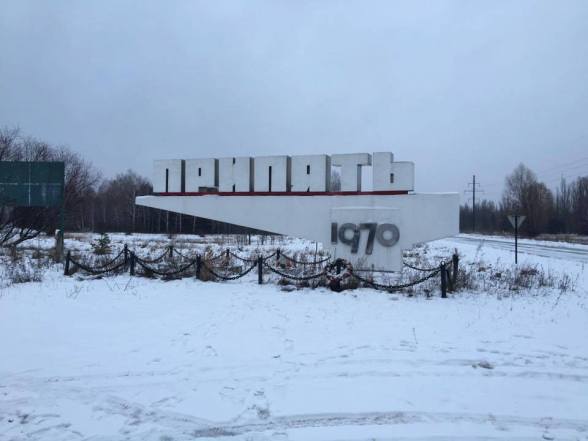



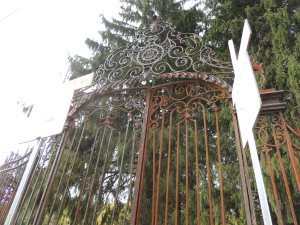

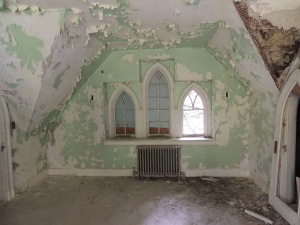
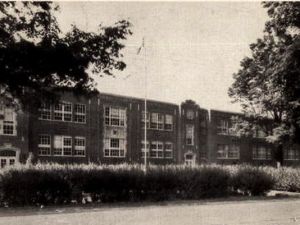

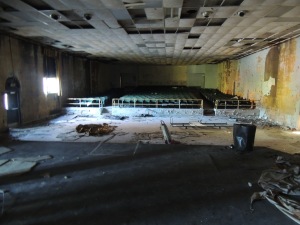
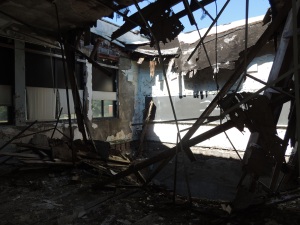
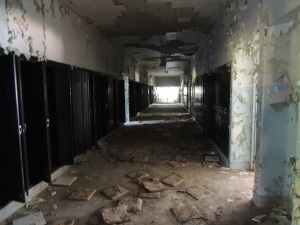
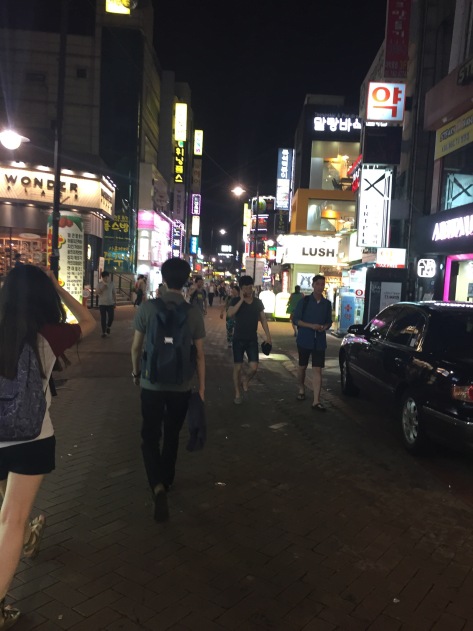
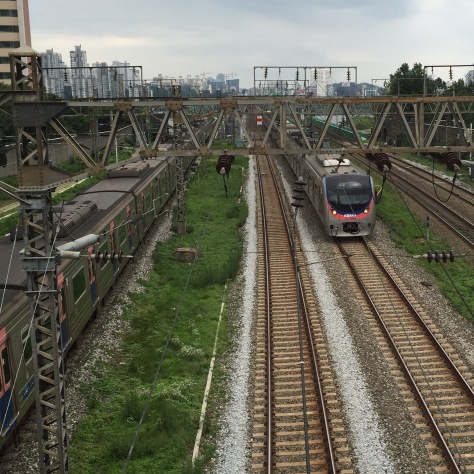
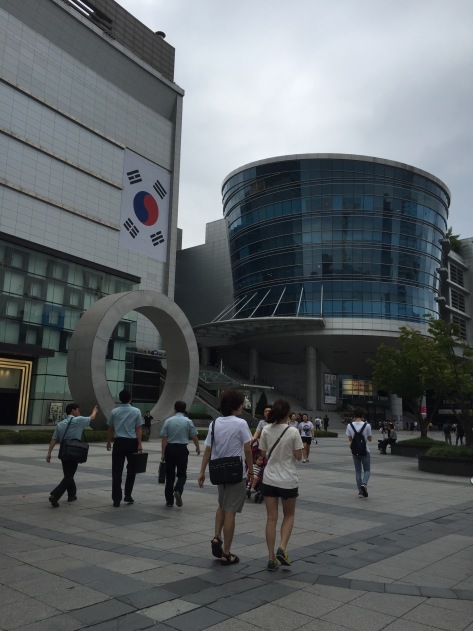

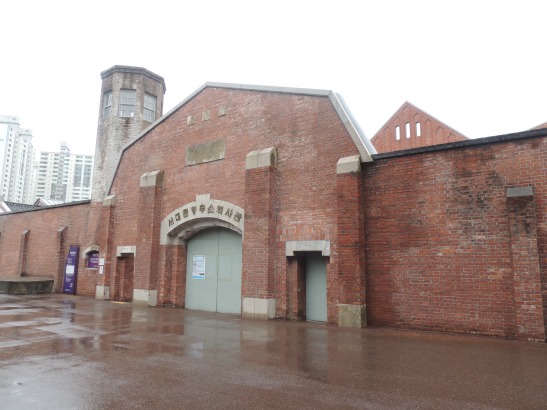
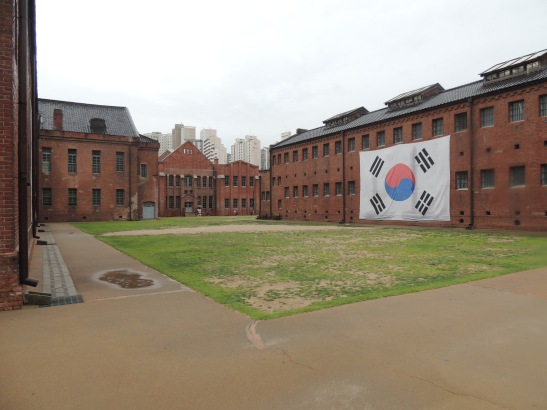
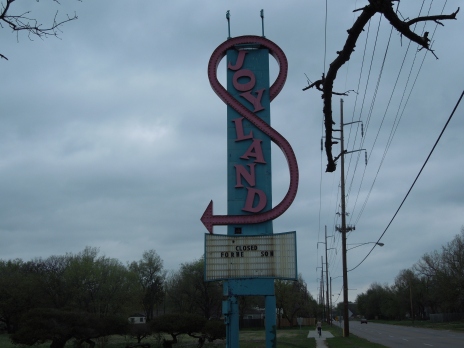
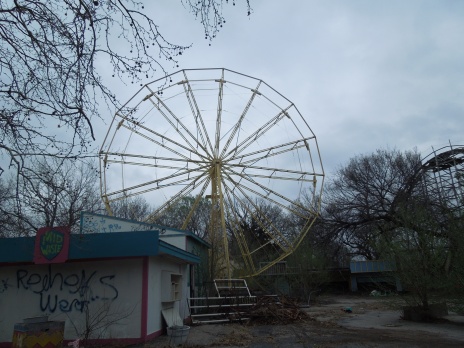
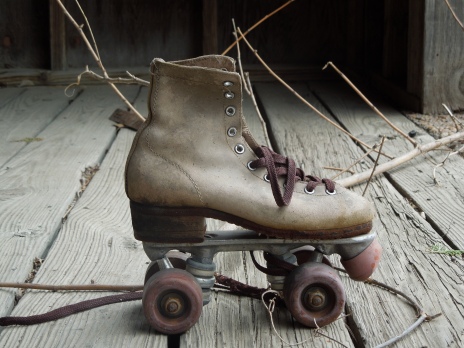
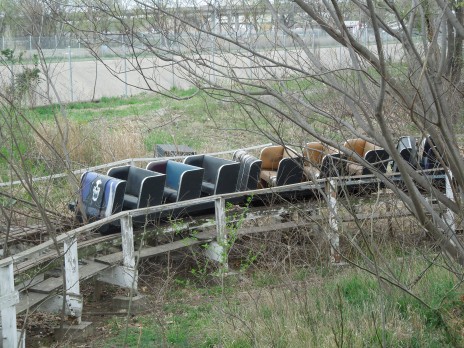
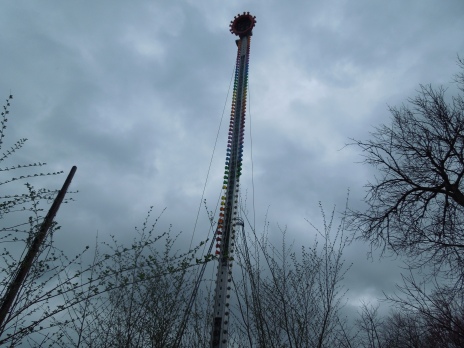
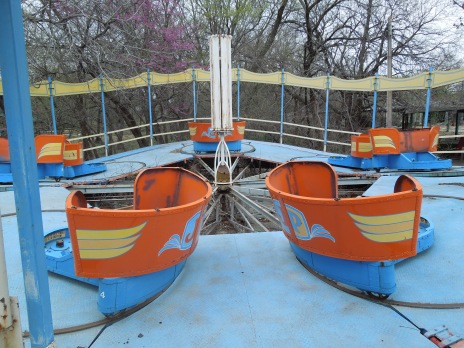
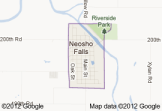
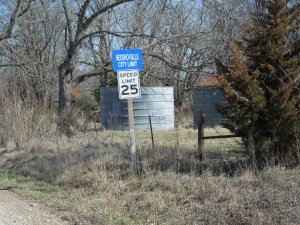
 A
A
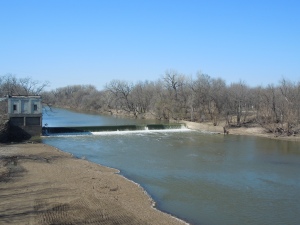 The Neosho River and Power Station
The Neosho River and Power Station